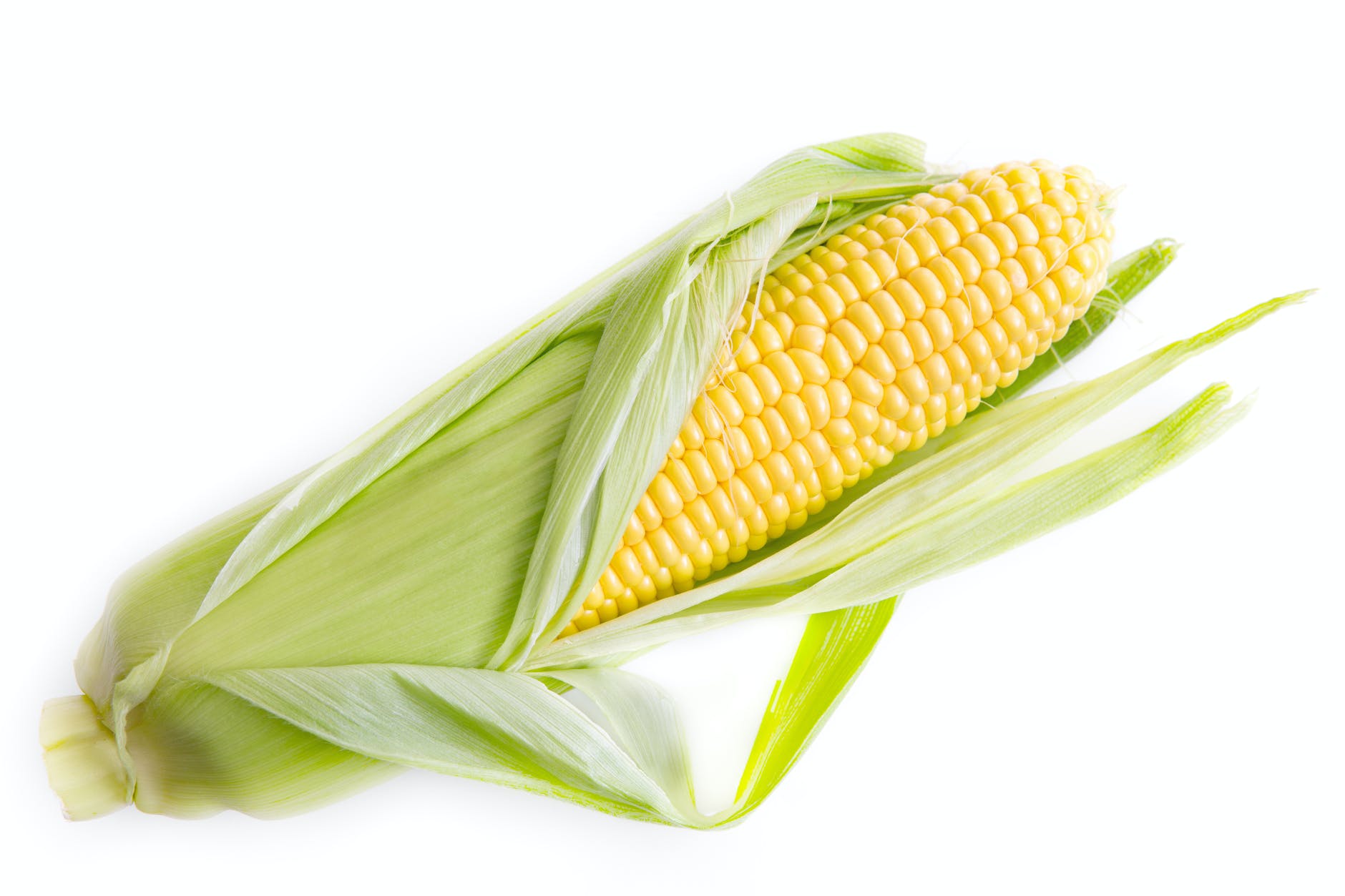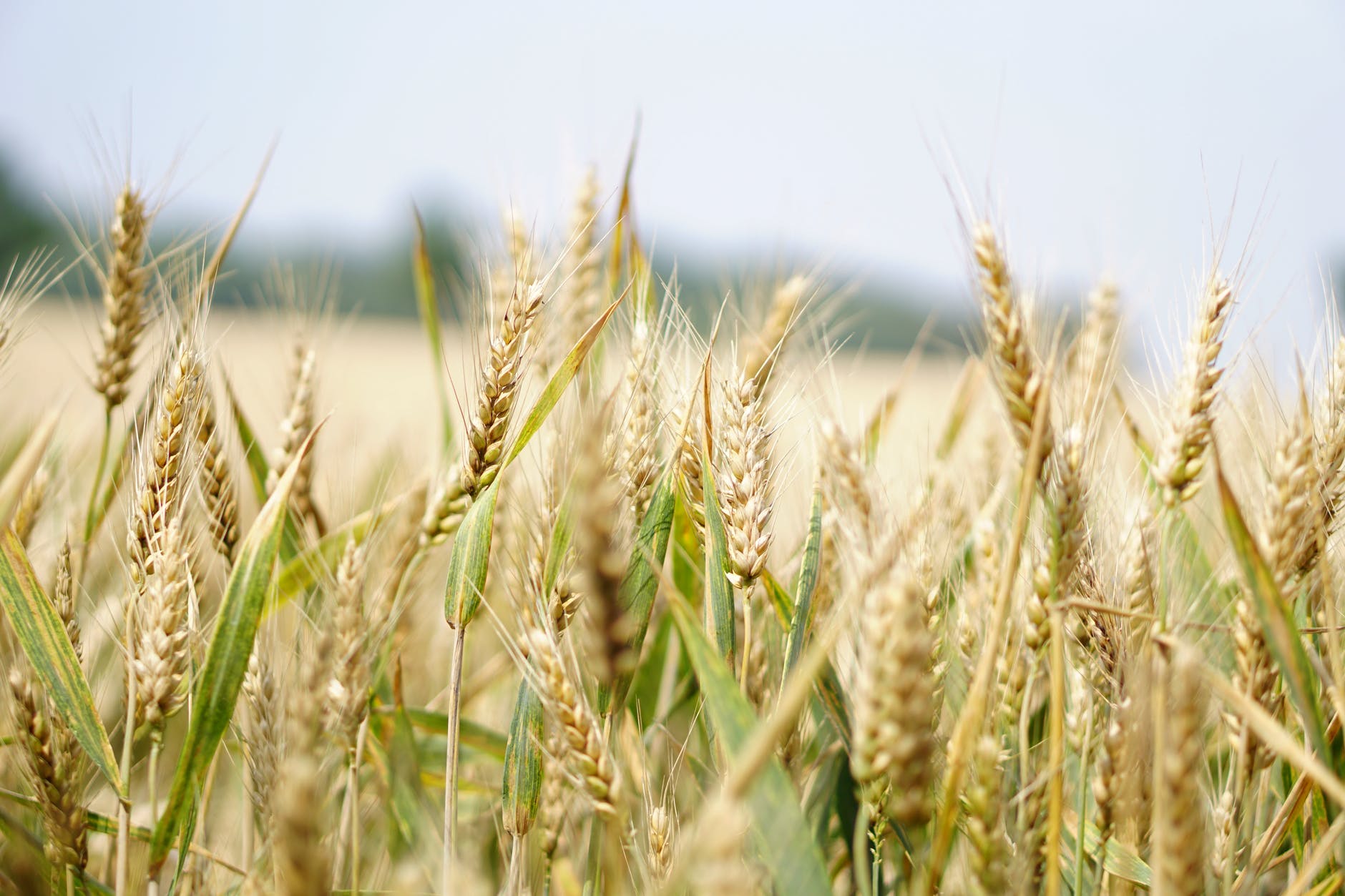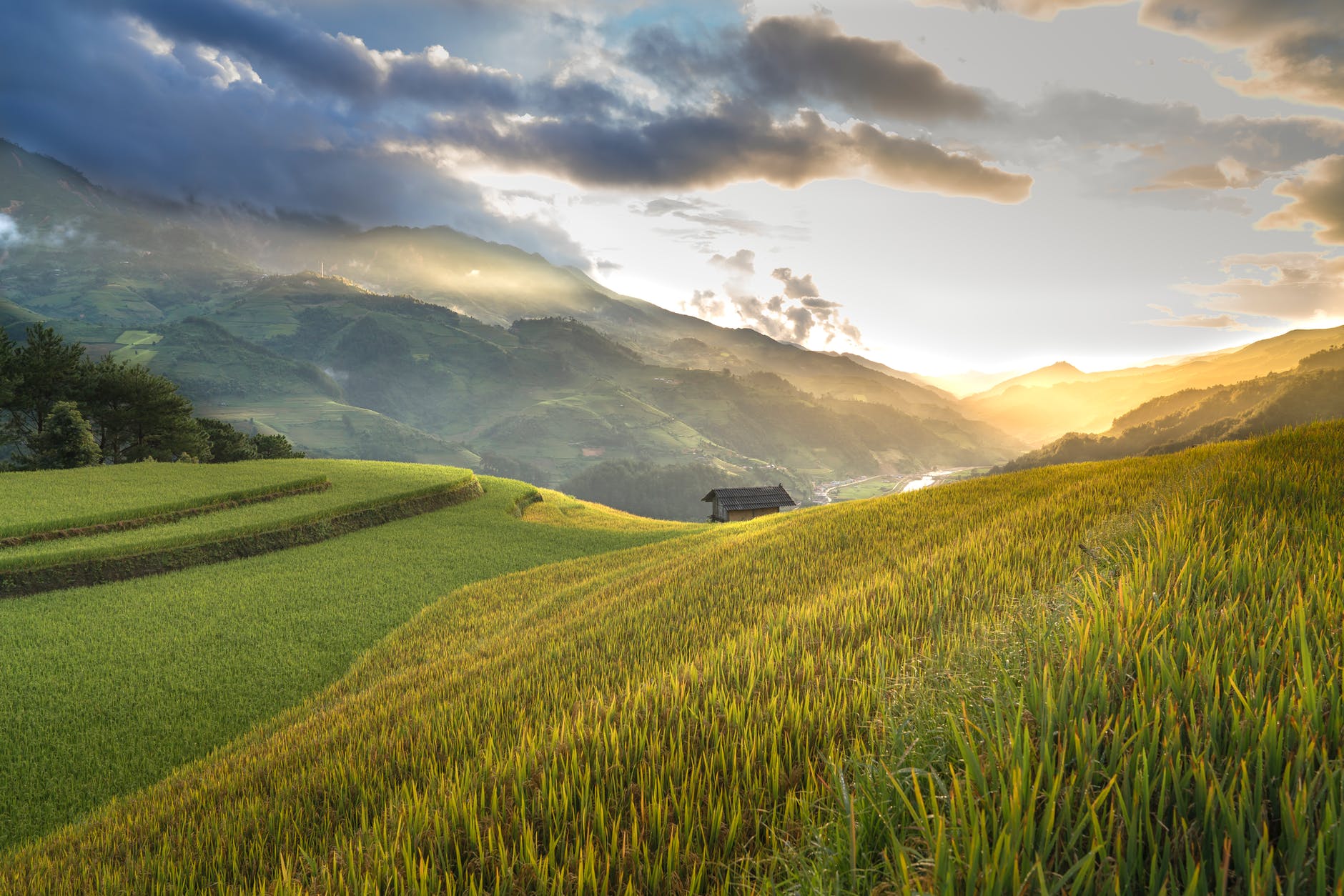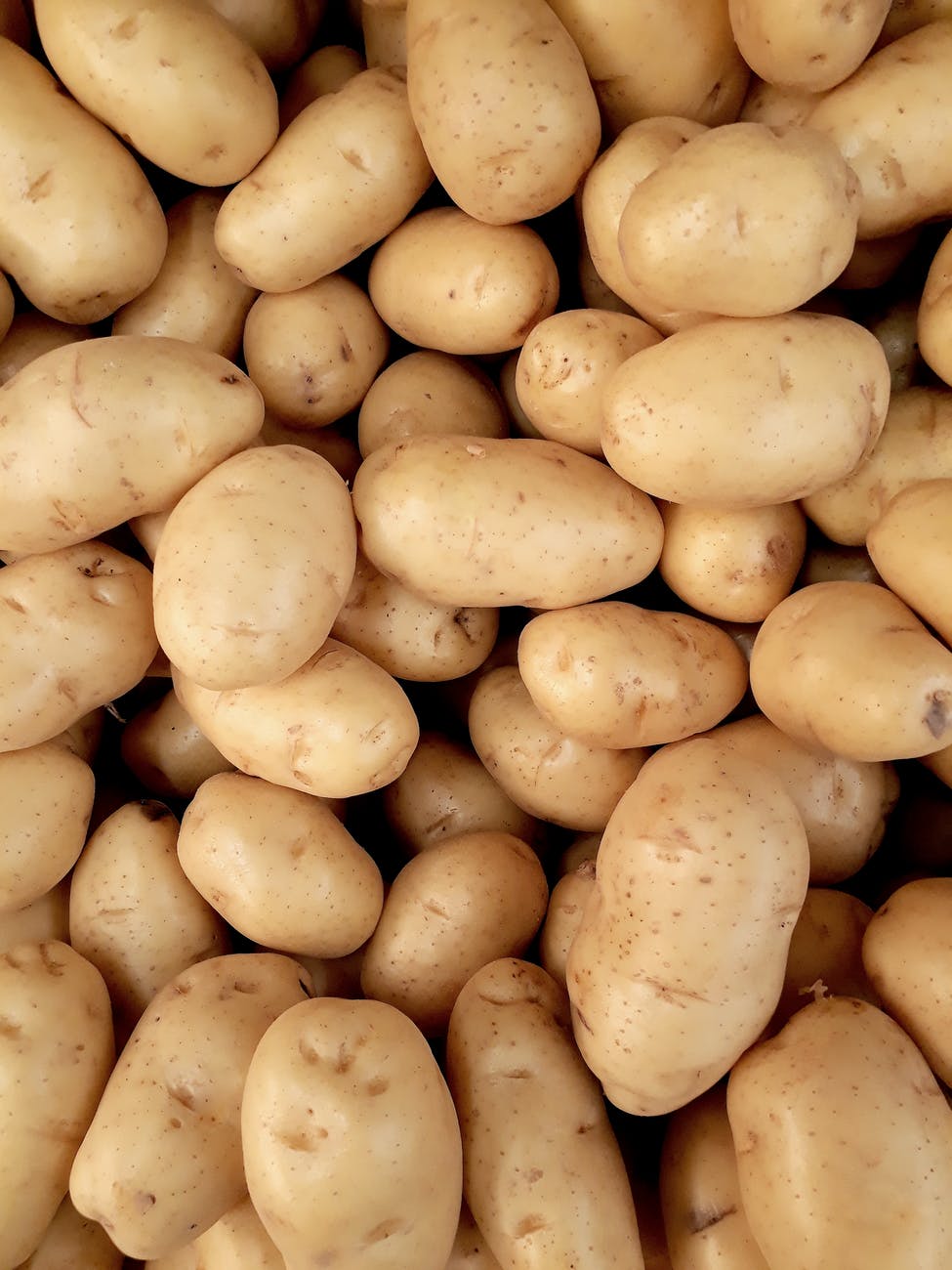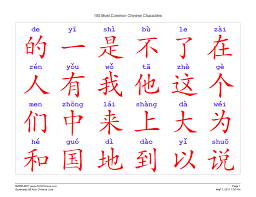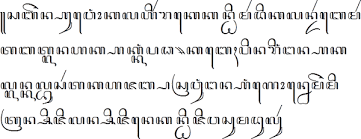A Home is the place where one lives permanently, especially as a member of a family or household. A home is the social unit formed by a family living together. From energy expenditure to building materials, living in a smaller house is one of the best ways to reduce your ecological footprint. Giving up the luxury of space and living more minimally isn’t always easy, but it does come with a few perks: fewer possessions, bigger skies, and open spaces. A smaller house makes it easier to cozy up to your loved ones. A building is a relatively permanent enclosed construction over a plot of land, having a roof and usually windows and often more than one level, used for any of a wide variety of activities, as living, entertaining, or manufacturing. Buildings come in a variety of sizes, shapes, and functions, and have been adapted throughout history for a wide number of factors, from building materials available, to weather conditions, land prices, ground conditions, specific uses, and aesthetic reasons. Here is the list of 10 Smallest Homes in the world.
1.Micro Compact Home
Micro Compact Homes are now in use and available throughout Europe, combines techniques for high quality compact ‘living’ spaces deployed in aircraft, yachts, cars, and micro apartments. The measurement of Micro Compact Home is only 2.6 meters by 2.6 meters. The project was initiated by Prof. Richard Horden with his team of students and assistants in 2001. It includes room for two double beds, a bathroom, lobby, dining space for 4 to 5 people, a kitchen and top-notch entertainment technology. Cube living spaces, inspired by the scale and order of Japanese teahouses, were designed with short-term guests and cash-strapped students in mind. The Micro compact home is a high quality compact dwelling house.
It is measurements of 2.66 m cube adapt it to a variety of sites and circumstances, and it’s functioning spaces of cooking, dining, sleeping and hygiene make it suitable for everyday use. The team of researchers and designers based in London and at the Technical University in Munich developed the Micro Compact Home (m-ch) as an answer to an increasing demand for short stay living accommodation for students, business people, sports and leisure use and for weekenders. Quality of design, touch and use are the key objectives for the micro compact home team for ‘short stay smart living’. Its design has been informed by the classic scale and order of a Japanese teahouse, combined with advanced concepts and technologies.
2.Toronto’s Little House
Toronto’s Little House Built in 1912 by contractor Arthur Weeden. Toronto’s Little House, as it’s known, is only about 7′ wide, 47′ deep, with a total of less than 300 square feet of living space inside. Toronto’s tiniest home, referred to as The Little House, located near Dufferin and Rogers Road, buckle up. It has a living room, kitchen, bedroom with Murphy bed, and bath. The kitchen comes with a table and chairs that fold up when you’re not using them. Weeden Born in England and migrated to Canada in 1902. 10 years before he built the little house. He worked as the superintendent of the old Lighthouse Mission and later became known as one of the pioneer builders in this area of Toronto.
He finished building the house, that was originally intended to serve as a small thruway for cars between these two existing houses, Weeden lived in it for 20 years with his wife in the first half of the 20th century. Toronto’s Little House was sold for $135,000 at the beginning of 2007 to a couple. In 2007, the most recent owners renovated the entire space in an attempt to make it as useful and enjoyable as possible. Weeden went on to build several other projects in this area of Toronto and was known as one of the pioneer builders in that neighbourhood. The Little House is just that, a little house is the smallest house in all of Toronto areas. The average Canadian lives in 1,792 square feet.
- Tumbleweed Houses
The year was 1999 when our first tiny home was mounted to a trailer. The little home was named Tumbleweed because it had roots and was mobile all at the same time. They help people reach their dreams of downsizing their homes and upsizing their quality of life. Tumbleweed provides training materials, workshops, full plans and support for thousands of people looking to downsize into a Tumbleweed. Many people want their tiny house on wheels to as light-weight as possible, so they are safer and easier to tow. They also want their Tumbleweed Tiny House to have a modern interior including flat walls, but sheet rock will stress and crack with windy and shaky road conditions.
Tumbleweed Tiny House Company is a company in Sonoma, California. The houses on wheels are available to be purchased ready made and shipped to consumers. In 2002 Tumbleweed’s owner, Jay Shafer, co-founded the Small House Society in Iowa City, Iowa. Jay Shafer crafted beautifully and every inch well used. Gregory Paul Johnson was commissioned in 2003. This company designs and builds small houses between 65 and 887 square feet (6 and 80 m2), Many are timber-framed homes permanently attached to trailers for mobility. The company also offers construction plans for their mobile houses and larger designs also such as cottages etc. The company reported selling only one house per year in 2008. In 2009, this had increased five-fold. In 2011, the company reported that building only few houses can be given annually.
- Rollit Homes
RollIt, a cool experimental house, resulted from the collaboration among different institutes within the University of Karlsruhe. Students from the University of Karlsruhe in Germany have been experimenting with a very unique new type of modular housing unit. This cyclindrical design is a modular prototype that provides flexible space within a minimum housing unit. Three different sections are dedicated to different functional needs: there’s a bed and table in section, toilet with shower, an exercise cylinder, and a kitchen with a sink. Rollit Home includes everything you’d need in a home for one. Owner of the home can change the structure of the house by walking in the center to rotate it.
The unit is built from four support rings over a rigid inner shell, while a translucent membrane wraps the cylinder and can be printed with advertisements. Thin wooden slats circle the unit to provide a smooth running surface to roll it and openings on the side and slated windows let light into the interior. Mattresses and cushions are held on with velcro or put away inside cabinets when not in use. The interior is covered with 15 mm thick OSB panels. Rollit, which won a design competition in collaboration with the Institute for Industrial Design and construction output (IFIB), was carefully designed and configured to incorporate multiple uses inside a small living space. Make sure that you’re on flat ground with a break otherwise things could get way out of hand if you started to roll down a hill.
- Smallest House in Great Britain
Smallest House is also known as the Quay House. It is reported to be smallest house in the United Kingdom. A former fisherman’s hut deemed too small for habitation is now a delightful tourist draw and actually looks quite cozy. It can be found nestled amongst a terrace of houses. Smallest House in Britain is a tourist attraction in Conwy, Wales. The Measurement of this house is only 10 feet by 6 feet, Until 1900, the measurement of 6 foot, 3 inch was occupied by fisherman, Robert Jones. As this is enough for stove, water tap, bedroom cabinet and a bed. Now it costs $1.30 to visit and take a peek inside. While it’s more suited to one occupant, back in the 19th century, it was known to have been occupied by couples.
The Smallest House in Great Britain, measuring 72 inches across, 122 inches high and 120 inches deep and is listed in the Guinness Book of Records. The house has a floor area of 3.05 by 1.8 metres (10.0 by 5.9 ft) and is painted red. It stands near the Conwy Castle walls. The ground floor is devoted to the living area with room for coal and an open fire, and a water tap tucked behind the stairs. The upstairs holds the cramped bedroom, which also comes with a small niche for storage. Visitors are welcome to briefly explore the little home, and are usually welcomed by a woman in traditional Welsh garb. Entry costs £1.50 for Adults & £1 for Children under 16. They can explore the first floor, but the second floor has become too unstable, although guests can still peek their heads into the still-furnished bedroom.
- Tiny Texas Houses
Tiny Homes is an Award Winning, International Company with hundreds and hundreds of design clients and plan customers in 9 Nations so far; including those in 48 US States. The houses Brad Kittel builds may be tiny, but they’re the product of big vision, pure salvage, and a fair amount of space magic. Texas Tiny Homes is not only tiny and small home builders. It is a design company, as well as residential land developers in North Texas. They have multiple tiny home plans, small home plans, mid-size home plans, lake home plans and mountain home plans that range in price from $15 to $999.99. Tiny Texas Houses still builds organic sustainable cottages and House Art at Salvage for people, who get to live in Paradise. Even if you’ve never driven through Luling, you’ve probably encountered a Tiny Texas House somewhere else. Chances are, among all of the tiny house media you’ve admired, you’ve almost certainly seen a house designed and built by Brad Kittel and his Tiny Texas Houses. Tiny Texas Houses are distinguished by the special materials used in their construction, and the ingenuity in their achievement of space where little space is otherwise available. Brad could build tiny houses more economically, and more environmentally friendly than other pioneers in the movement were doing at the time.
Brad’s vision was to make what was old new again, collecting materials that had already been created but discarded, and reusing them to build unique homes with distinct personality. Each house Brad designs is different, utilizing special materials in creatively functional ways. He generally does not choose a theme for a house. Wonderful, old, and very functional materials are finding their salvation. The wood Brad uses is predominately old-growth long leaf pine and loblolly pine, which there is very little of left standing, and which is a better building material for his purposes than any freshly cut lumber due to its superior strength. We all learned that counting the rings on a tree stump will tell you its age. But for the strength of the lumber, what’s important is how close together those rings are. The dark part of the ring is what gives it strength, so the more tightly spaced they are, the stronger the wood will be. 20,000 square feet, comprised of material warehouses as well as wood shops and fabrication areas are there in Luling. Additionally 80,000 square feet of space stacked to the brim with more planks, windows, doors, glass, sinks, bathtubs, and other tiny-house-building necessities.
- Eco Bike Trailer
The number of different options for personal electric mobility is growing rapidly, with new electric skateboards, scooters, bikes, motorcycles, and more hitting the market every week, but one solution hasn’t gotten nearly the amount of traction that the others have. However, for those who love to bike, and who don’t want to convert their bike to electric, but would like a little something extra for those days when hauling cargo, an electric bike trailer might be just the ticket. Paul Elkins originally designed this bike trailer to get around the Burning Man Festival. There’s only space for one, and if you need to use the restroom you’ll have to resort to the great outdoors, but it is fully powered by a wind turbine and comes equipped with a solar-powered oven and heating system. Ebikes generally start with a motor with power output of about 250w. Electric bikes are ideal for towing a trailer and will make it even easier to ride up hills and longer distances while hauling some extra weight. Whatever you plan to tow with your electric bike, with the right size electric motor, an ebike can give you a boost when you need it or just keep the ride easier while towing a trailer to the destination. With an electric bike you’ll be able to tow more weight, with less effort.
Some common bike trailers weigh up to 40 lbs before cargo, kids, or pets are added, but in many cases with an ebike you can comfortably pull any of these loads. Most bike trailers attach to the rear triangle, to the seat post, or through a special quick release skewer on the rear wheel. Make sure that the bike trailer you’re considering is compatible with your electric bike. The main sources for compatibility issues is with disc brakes, the axle or drive train. Here are some typical types of trailers you could find behind an electric bike. 1.Kid trailers (Kid trailers come in one seater or two seater varieties, there are lots of options available. These can also include a trailer bike which are like the back half of a bicycle attached to the seat post, allowing kids to pedal along) 2.Cargo trailers (Cargo trailers come in all shapes and sizes and allow you take heavy gear longer distances. They come in two wheel or one wheel varieties) 3.Pet Trailers (Pet trailers are similar to cargo trailers above, but with usually have enclosed sides to keep pets in the trailer and a more rigid bottom for a more stable place for paws or claws to rest. Pet trailers can be used as cargo trailers, but not all cargo trailers could easily be used for pets)
- Twelve Cubed Mini Home
Twelve cubed Mini Home makes a 12′ by 12′ cube house for customers. At such a small size we would be surprised as to what fits inside. Cube house creates opportunities for people while helping the environment. James Started doing with his Twelve3 prefab tiny house company. The company is based in Vancouver Island, British Columbia. According to Twelve Cubed designers, these tiny homes feature a dishwasher, microwave and modern oven combo, bathroom, closet, and plenty of natural light. The mission behind the homes is to allow more people to live more sustainably, but the cute design is a temptation in and of itself. James from Canada designed and lived in Tiny Home. He lived in Europe for a lot of his life and used his ideas for compact efficient home. He decided to see how small it would be possible to make a home that was still comfortable to live in and at the same time use building materials as efficient as possible.
The choice to pick 12 foot dimensions for his primary unit. Most micro designs have the bedroom at the top of a steep flight of stairs or you have to use a ladder. It took 8 months to get a building permit. Ten foot sized unit needs no permission to be built. They designed using grey-water systems and a solar version. So no outside power is required. Very little energy is required to run. Customers truly enjoy the benefits of living simply. An average 1 bedroom apartment produces 5 tons of CO2 annually, but a cube produces only 0.8 tons annually. It has enough space inside to sleep 3 persons comfortably. It will be comfortable and quiet. Price of Cube starts from CDN $24,500. The beauty of this unit is that they can pre build the Cube, and then load them on a flat deck, and ship them to the customer’s site for a very reasonable cost.
- Nano House
Housing is a basic necessity of human beings across the globe. In Nano Housing, Dr Suresh Haware brings out a detailed study and offers solutions for the housing needs of people. Dr Suresh Haware is a motivational business leader acclaimed for his organizational and administrative skills. Nano housing is the outcome of an in-depth practical research which has the potential to fulfill the dream of the common man with an affordable house at an affordable price. The Nano designs ranging in size from single story, one bedroom plans in the 400 square foot range, to two story, two bedroom plans that push 800 square feet. Nano house is created to help solve the world’s global housing crisis, these 25 square meter homes are designed to house a family of four. Nano Living System homes are also equipped with state of the art insulation and passive solar heating for energy savings. The rooms are convertible to make the most of the tiny space. The company also helps connect businesses and government agencies when it comes to constructing sustainable and cost efficient materials and designs.
This suggests an optimistic and environmental solution for the global housing issue of very small living spaces at extremely high prices. This is made possible by the incorporation of the “suspending technology”, which nearly doubles the size of the living area within this space by transforming what is common living space by day into two separate bedrooms by night. The “suspending technology” can be used in new construction and can also be adapted to be used in existing structures, such as hotels, studios, dormitories and very small housing. The Nano Living System is a Swiss made “green” pre-engineered concept for residential use that presents an innovative and sustainable architectural proposition. This suggests an optimistic and environmental solution for the global housing issue of very small living spaces at extremely high prices. The Nano embodies Unity’s intelligent design, high performance and efficient production in a compact package.
- Single Hauz
Poland based, Front Architects, describe the compact house Single Hauz as a kind of manifest, proposal of a house for a Western Worlder. It is especially predisposed for sites of an interesting landscaping. It is intended to a single person or couple to live in. Single Hauz is for instance forests, seas, lakes, mountains, next to the main city street. These cutting-edge home designs, inspired by the look of roadside billboards, can be built into almost any space. Living lightly takes on new meaning with the Single Hauz from Poland-based front architects.
The Single Hauz is just 27 square meters (290 square feet) with bathroom, kitchen and living space filling the elevated first floor and opening to a deck with the vista of your choice. The second floor provides a sleeping loft and access to the roof. They can even be built as raised homes over a body of water. According to Polish creators Front Architects, the house is perfect for the contemporary, single, independent and modern Western man, who we also assume ought to be an environmentalist. The house can then be installed above a variety of ground conditions, from the middle of a meadow to an urban core.

